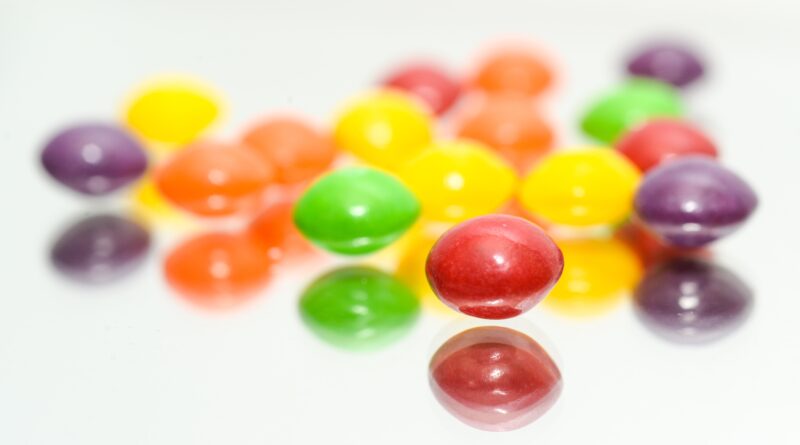Skittles Aren’t Banned – So Why Are People Saying They Are?
234 total views, 1 views today
You may have heard some rumors that Skittles and other candies are banned in California due to a new law that prohibits certain artificial food dyes. But don’t worry, you can still taste the rainbow in the Golden State. Here’s what you need to know about the California Food Safety Act and how it affects your favorite foods.
What is the California Food Safety Act?
The California Food Safety Act, also known as Assembly Bill 418, was signed into law by Governor Gavin Newsom on October 7. The law bans four synthetic food dyes that have been linked to health problems, such as cancer, behavioral issues, and allergic reactions. The four dyes are brominated vegetable oil, potassium bromate, propylparaben, and Red Dye No. 3.
Why did California pass this law?
The new Food Safety Act is based on multiple scientific studies that have shown the adverse effects of synthetic food dyes on animals and humans, especially children. Certain synthetic food dyes, including the ones outlawed with the new act, are associated with an increased risk of cancer, damage to DNA and chromosomes, harm to the reproductive system, and damage to the immune system.
Multiple top brands, including Coke, Pepsi, Dunkin’ Donuts, and Panera Bread, had already voluntarily pulled these harmful additives from their products prior to the new law. The law aims to prevent these potential harms and protect consumers from exposure to unnecessary and potentially dangerous chemicals in their food produced by companies who didn’t electively stop using these dyes.
When will the law take effect?
The law will take effect on January 1, 2027, giving food manufacturers time to reformulate their products or find natural alternatives to synthetic food dyes. Thankfully, Skittles do not contain any of the banned ingredients so they won’t be banned in California. In fact, the law will not result in any specific foods being banned from the market but will instead require them to use different ingredients to try to create their familiar colors.
What are some natural alternatives to synthetic food dyes?
There are many natural sources of color that can be used in food products instead of synthetic food dyes. Some examples include:
- Annatto – a reddish-orange dye made from a South American shrub
- Beta-carotene – a yellow-orange pigment found in carrots, pumpkins, and other fruits and vegetables
- Betanin – a red-purple dye extracted from beets
- Carmine – a red dye derived from the cochineal insect
- Paprika – a red-orange spice made from ground peppers
- Turmeric – a yellow spice with anti-inflammatory properties
- Spirulina – a blue-green algae with high protein content
These natural colorants have the advantage of not only providing color but also adding nutritional value and flavor to foods.
How can I tell if a food product contains synthetic food dyes?
The easiest way to tell if a food product contains these harmful ingredients is to read the ingredient list on the label. If you see any of the names or numbers of the banned ingredients, such as Red No. 3, you know that the product contains harmful artificial additives.
Another good method is to look for labels that indicate that the product is made with natural colors or no artificial colors. You can also simply choose organic products, which are not allowed to contain any synthetic food dyes under USDA regulations.

